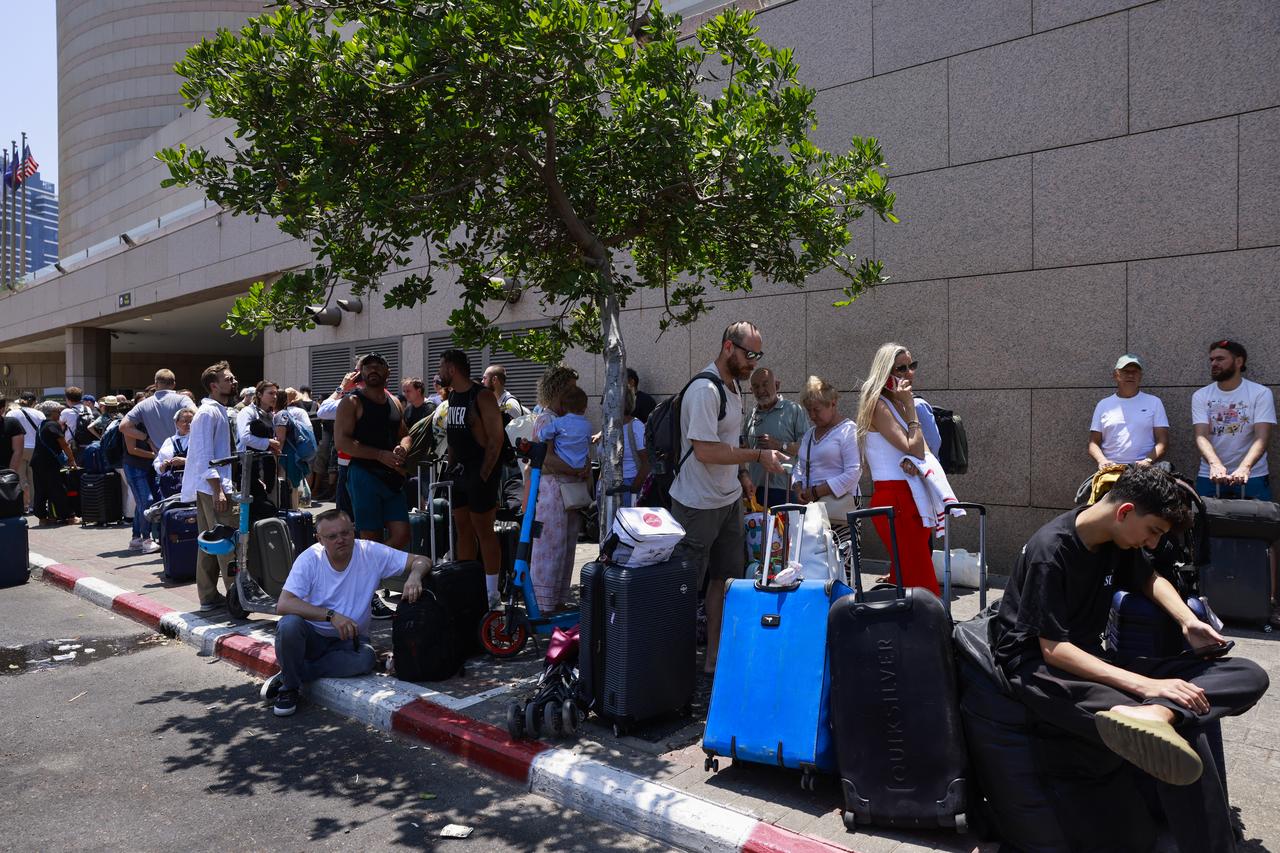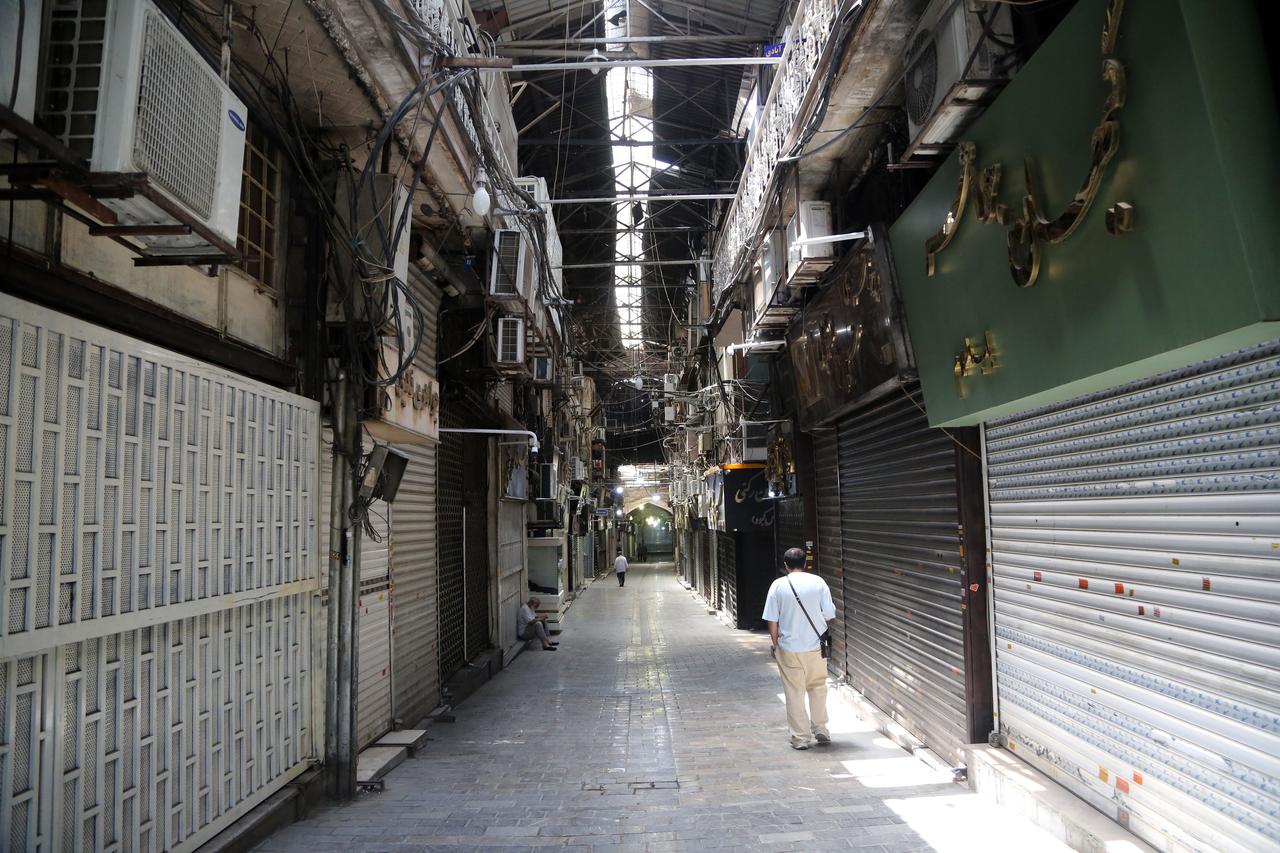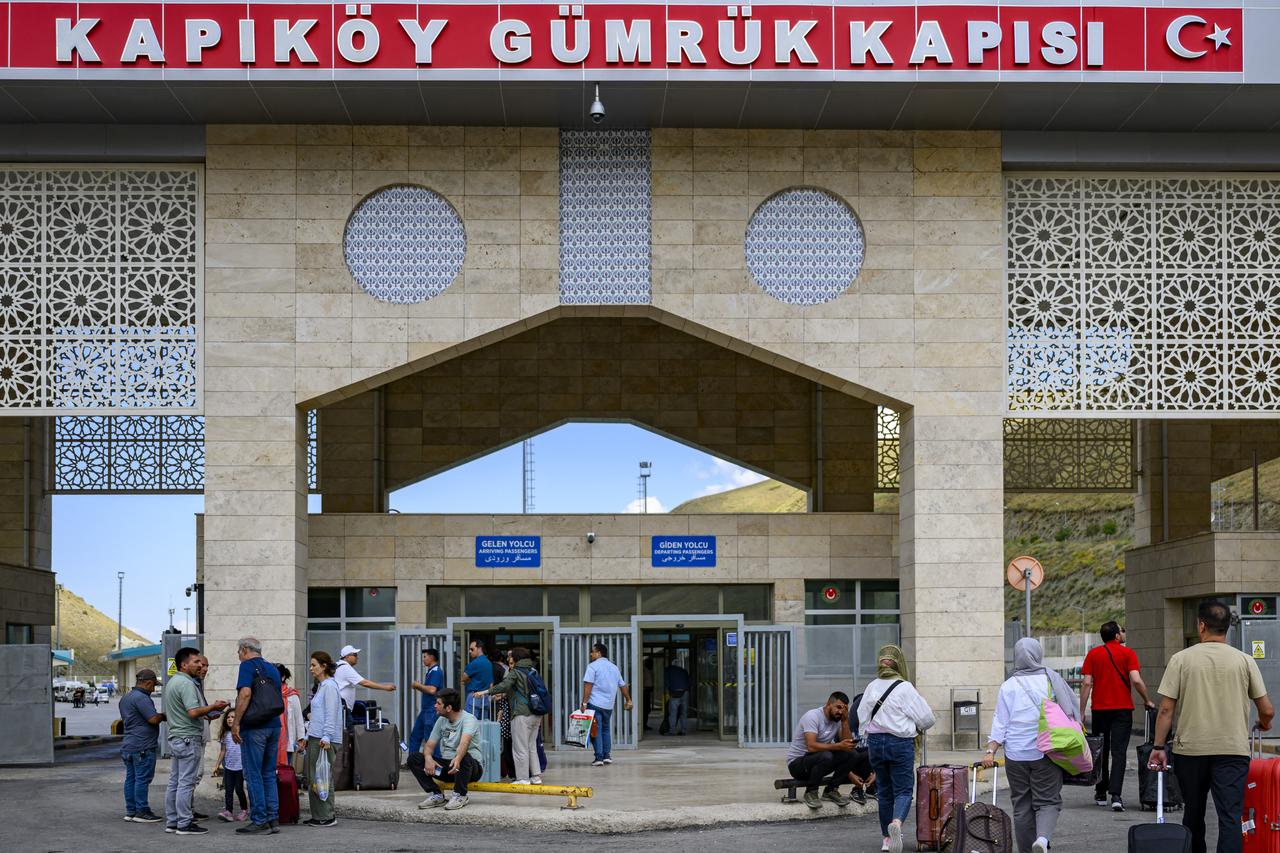
The European Union External Action Service Crisis Response Centre (EEAS) Director Christian Berger confirmed Thursday that the bloc received support from Türkiye during the evacuation of EU citizens from Tehran amid the ongoing Israel-Iran conflict.
"We received great support from Turkish authorities to ensure people could easily cross and then make connecting flights from the eastern part of the country to international airports," Berger said during a press briefing at the EEAS building in Brussels.

Berger indicated that evacuation efforts are being coordinated with member states, noting the EU is at a disadvantage because "we don't have a delegation in Tehran."
Working with Poland, which holds the EU presidency, the bloc has coordinated evacuation efforts from Iran.
"I think in the last three days, we had a series of convoys going to Türkiye, to Azerbaijan, to Armenia, and to Turkmenistan, so all crossing by land from the land border," Berger said.
He emphasized coordination meetings with EU colleagues confirmed the evacuation process "is working well, and quite a lot of people have left."

For Israeli citizens, Berger said the EU has organized approximately 25 flights through Amman and Sharm el-Sheikh since the crisis began.
Citizens can also leave the region by their own vehicles since the Jordanian border remains open. Germany organized a charter flight through Amman on Wednesday, he added.
Berger did not provide specific numbers of people evacuated from either location.

Iranian citizens have spoken of their fears as the conflict with Israel escalates, with some families fleeing Tehran and others determined to stay. Multiple Iranians described daily life in and around the capital to CNN, all requesting anonymity due to safety concerns.
"We are all in shock. Some of us have nowhere to go. Some of us are still in our apartments just waiting to see if we survive," 45-year-old Sima said.
She described how her friend from Shiraz in south-central Iran was forced to hitchhike for three days to reach his grandparents due to a lack of fuel.

Some Iranian families have decided to leave the country. One woman said her in-laws drove 385 miles from Tehran to Shiraz city on Monday before crossing the border by taxi to join family in Türkiye.
"The eight-hour drive took them almost double, about 15 hours, because of traffic," she said.
Others have chosen to remain despite the danger. Tehran resident Elnaz said, "I haven't left Tehran because I believe that leaving, abandoning your city, is wrong.
There is no place like Tehran. Even though the government has done so little to protect us over the last 46 years, we have nothing to protect us, leaving is wrong."

The death toll in Iran has risen to at least 639 amid ongoing Israeli military strikes, the Human Rights Activists News Agency (HRANA) said Thursday.
Since the attacks began in the early hours of June 13, at least 639 people have been killed and 1,329 others wounded, bringing the total number of casualties to 1,968.
HRANA's report said at least 10 people were killed in Wednesday's attacks. Israeli strikes continued targeting various infrastructures and facilities across 16 provinces, including Zanjan, Fars, Tehran, Isfahan, Hamedan, Alborz, East Azerbaijan, Semnan, Kermanshah, Mazandaran, Khuzestan, Ilam, Qom, Bushehr, Gilan, and Qazvin, with Tehran suffering the heaviest damage.
The current escalation began with Israeli airstrikes on June 13 targeting Iranian nuclear facilities and military commanders across different cities.
Iran reported that the chief of general staff, the revolutionary guards' general commander, several senior commanders, and nine nuclear scientists were killed in the attacks, with total civilian casualties reaching 224.
Iran's military retaliation with ballistic missiles killed 24 people in Israel and wounded more than 500, according to official reports. Türkiye and numerous other countries have condemned Israel's actions in the escalating conflict.
Iranian authorities have not specified how many of the deceased were civilians or military personnel in the latest casualty figures.